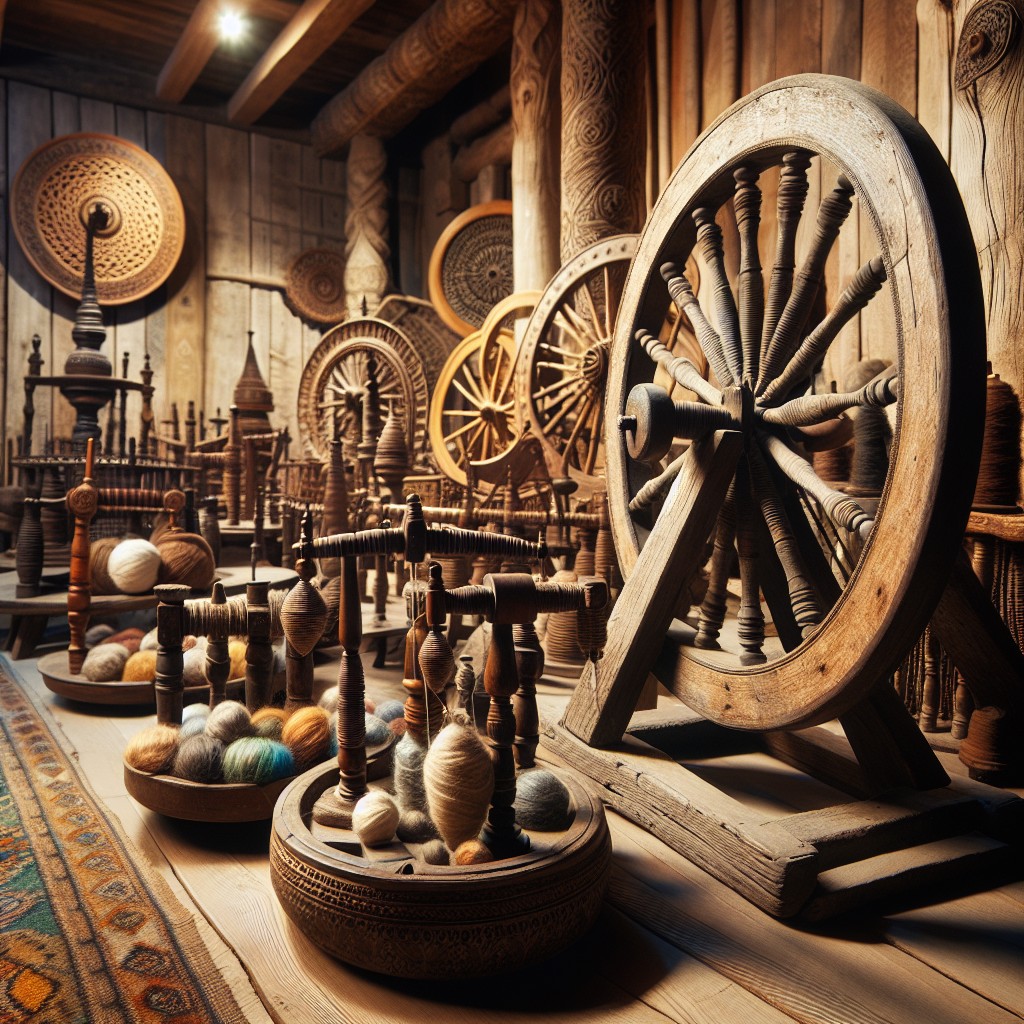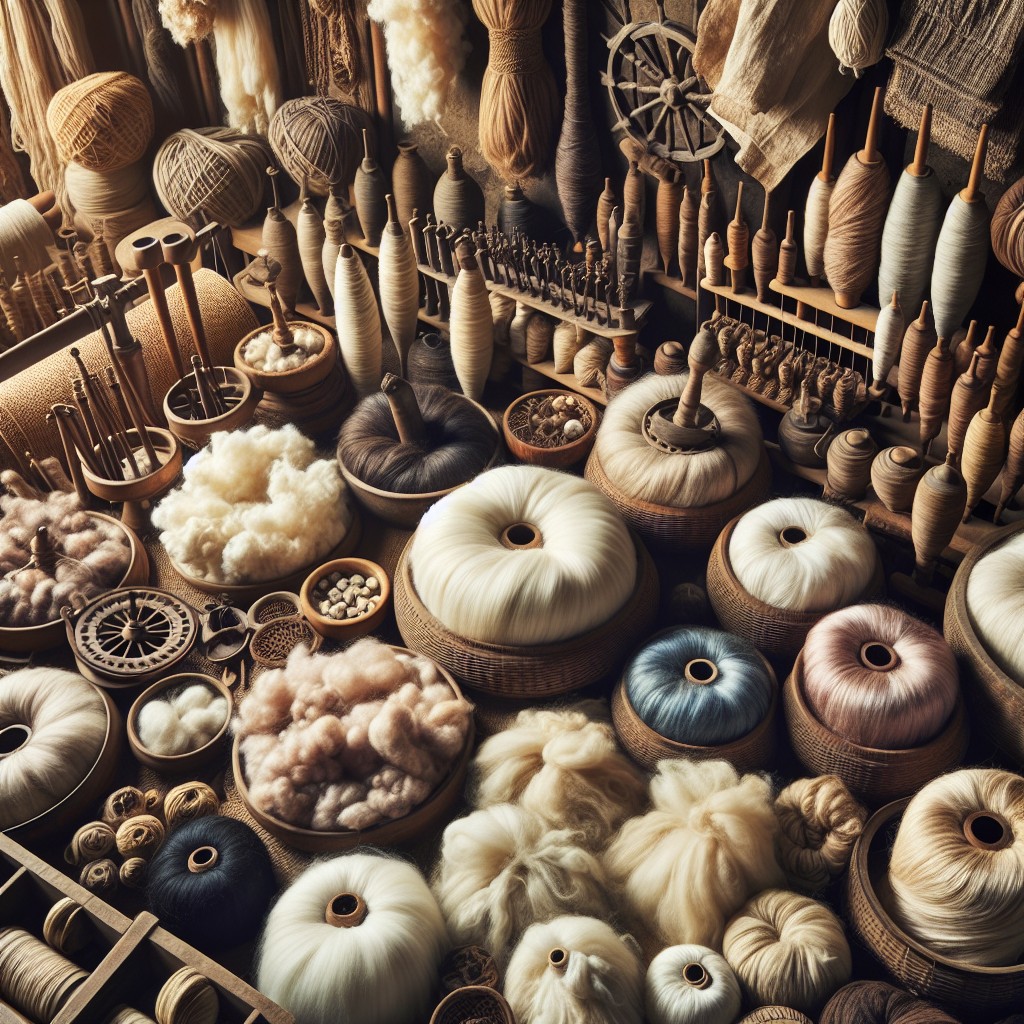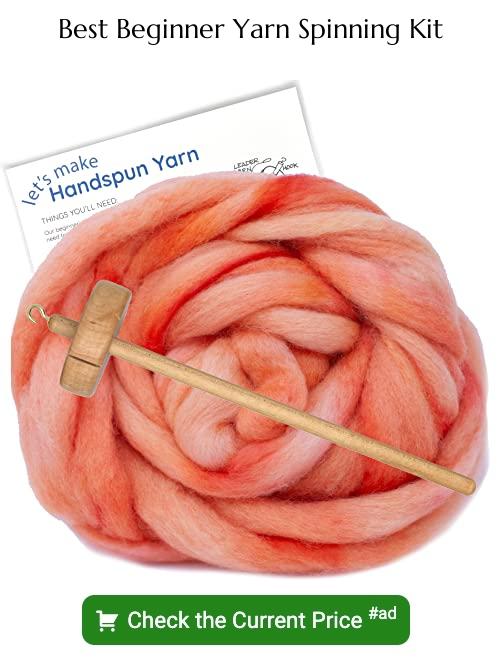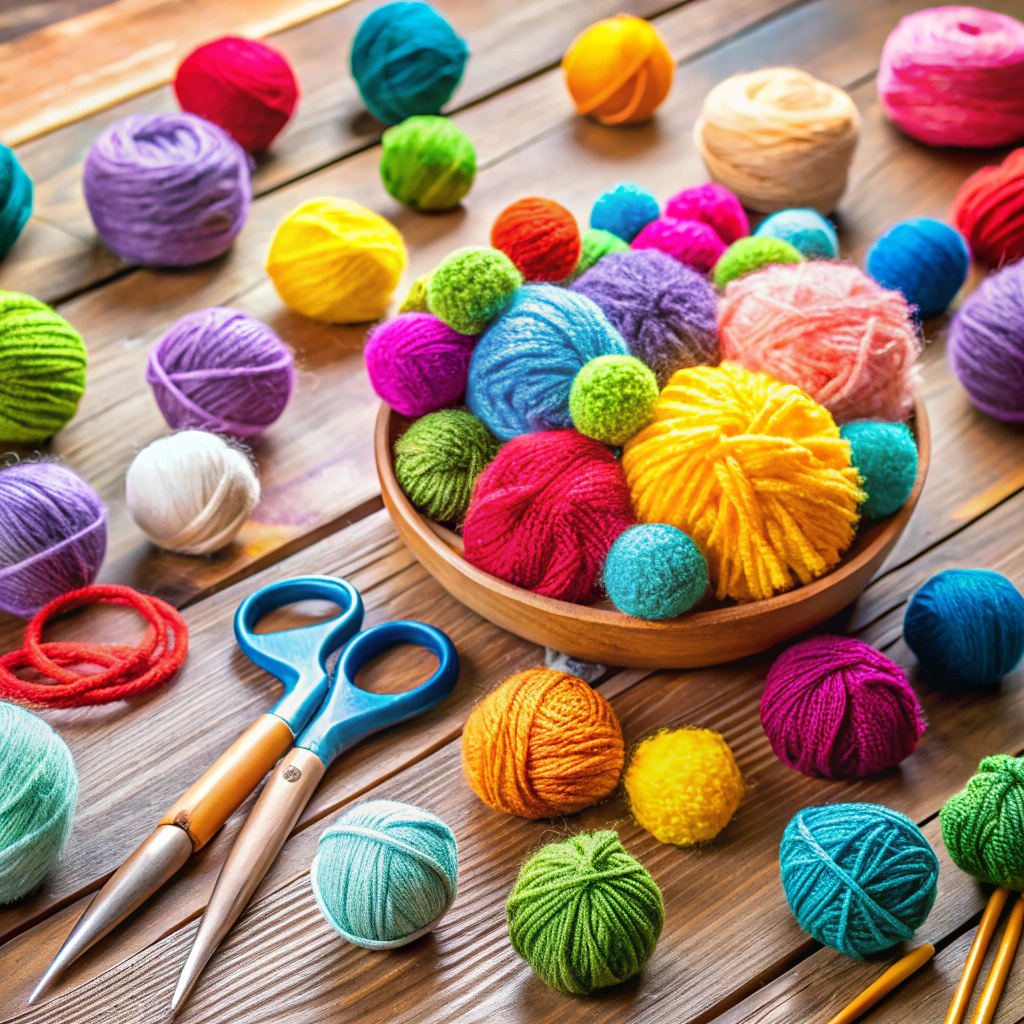Understanding the assortment of spinning tools is essential because it can profoundly impact your yarn crafting experience, improving both the quality of your work and the pleasure of your crafting process.
Key takeaways:
- Drop spindles: Different types affect yarn properties (top whorl, bottom whorl, Turkish, supported).
- Spinning wheels: Traditional, double-drive, Scotch tension, direct-drive, electric options.
- Choosing tools: Consider space, budget, goals. Test for comfort and yarn type.
- Fibers for spinning: Protein-based (wool, alpaca) and cellulose-based (cotton, linen).
- Maintenance: Tools to clean, oil, and maintain spinning equipment.
Drop Spindles

Drop spindles are a primitive tool designed to twist fibers into yarn or thread through a simple and portable process. They come in a variety of styles — top whorl, bottom whorl, Turkish, and supported spindles are among the most common. Each type of spindle offers a different balance and spinning experience, influencing the yarn’s properties.
Top whorl spindles have a whorl located near the top of the spindle shaft, providing faster spinning and are suitable for thin, fine yarns. Bottom whorl spindles, with the whorl at the bottom, create a slower, more controlled spin, ideal for thicker yarns. Turkish spindles, known for their cross-armed design, allow for a center-pull ball of yarn to be wound directly on the spindle. Supported spindles rest on a surface while spinning and are ideal for fine fibers like cashmere and angora.
The weight of the spindle affects the twist and thickness of the yarn. Heavier spindles produce thicker, stronger yarns, while lighter spindles are best for finer yarns. Mastery of drop spindle techniques opens up possibilities for creating a range of handspun yarns without the use of complex machinery.
Types of Spinning Wheels

Understanding the diversity of spinning wheels can enhance your yarn crafting experience. Traditional spinning wheels feature a single drive band wrapped around the flyer wheel and the drive wheel. Saxony and castle wheels are two prevalent styles within this category, with the former showcasing a horizontal layout and the latter a vertical design to save space.
Double-drive wheels offer a continuous loop around both the flyer and the bobbin, which can lead to more consistent tension and speed during spinning.
Scotch tension (also known as single-drive with an adjustable brake) allows precise control over the yarn’s take-up onto the bobbin, making it an excellent choice for specialty fibers.
Direct-drive or bobbin-lead wheels, where the bobbin is driven directly by the drive band and the flyer is slowed by a brake, are ideal for heavy, lofty yarns.
Electric spinners eliminate the wheel altogether, providing a compact option for those with limited space or mobility.
Each type of wheel has its strengths, and the best choice depends on the spinner’s preference, comfort, and the yarn they intend to create.
Choosing a Spinning Wheel or Drop Spindle

When selecting the right tool for spinning, consider your space, budget, and long-term goals. A drop spindle is ideal for beginners due to its affordability and portability. It’s also great for those who wish to spin in small batches or on the go. However, if you’re planning to spin large quantities of yarn, a spinning wheel will significantly increase your efficiency.
Think about the ergonomics – spinning wheels come with different drive systems (single drive, double drive, or Scotch tension), and what feels comfortable is highly individual. Testing different types at local yarn shops or fiber festivals can help determine what suits you best.
Also, reflect on the yarn you aim to create. Certain wheels are better suited for fine, lace-weight yarns, while others are designed for creating chunky, art yarns. Specialists or more advanced models may offer greater versatility with interchangeable parts, allowing for a broader range of yarn types.
Lastly, don’t overlook the aesthetic of the tool. A beautifully crafted spindle or wheel can be inspiring and add to the joy of spinning. Choose one that resonates with you personally, as it will be a long-term companion in your fiber craft journey.
Fibers for Spinning

Understanding the vast array of fibers available for spinning is essential for creating the desired yarn. Natural fibers are categorized into two main types: protein-based, which includes animal fibers like wool, alpaca, silk, and mohair, and cellulose-based, which consists of plant fibers like cotton, linen, and bamboo. Each type has unique properties affecting the yarn’s feel, strength, and warmth.
Wool, a favorite among spinners, offers various grades ranging from coarse to fine, with merino being notably soft and suitable for garments worn close to the skin. Alpaca is another popular choice, known for its warmth and hypoallergenic qualities.
Plant fibers, such as cotton and linen, are loved for their breathability and are perfect for lightweight, summer projects. Synthetic fibers, such as nylon and acrylic, can be blended with natural fibers to increase durability and elasticity.
When selecting fibers, consider the end-use of the yarn. Delicate fibers like angora are perfect for luxurious projects, while sturdy fibers like hemp are ideal for items needing durability. For those interested in environmental impact, organic and sustainably sourced fibers are available.
Spinner’s choice of fiber will impact the spinning process itself, as different fibers require varied handling for draft and twist. The spinner’s preference and the desired yarn outcome guide this decision, ultimately affecting the texture and character of the final spun yarn.
Preparing Wool: Carding and Combing
Carding and combing are essential steps to transform raw wool into smooth, align fibers suitable for spinning.
Carding is the process of disentangling and intermingling fibers to produce a continuous web or sliver. This can be done using hand carders, which are like large, bent wire brushes. The carding motions are a swift but gentle sweeping of one carder over the other, working the fibers between their teeth to create a homogenous batt of wool.
Combing, on the other hand, aims for a parallel fiber arrangement, resulting in a smoother, more lustrous yarn. Using a set of combs, you will pull the wool through, which separates out shorter fibers and any remaining debris. The long fibers collected are known as ‘tops’.
Here are the key differences:
- Carding produces a fluffier, airy rolag or batt and is ideal for woolen spinning, where loft and warmth are the goals.
- Combing results in a denser, sleeker top better suited for worsted spinning, focusing on durability and sheen.
Select the technique based on the desired yarn outcome. Remember, proper fiber preparation is critical for an enjoyable and successful spinning experience.
A Guide to Wool Breeds for Spinning
Different sheep breeds produce wool with varying qualities, suited to diverse spinning projects. Merino wool, known for its fine, soft fibers, is excellent for garments worn close to the skin, like scarves and baby clothing. On the other end of the spectrum, the coarser fibers from breeds like Romney or Lincoln are better for sturdy, more durable items, such as rugs or outerwear.
For beginners, Corriedale is often recommended because it strikes a good balance between softness and ease of handling; the fibers have a medium staple length and crimp, making them forgiving for less experienced spinners. If you’re interested in hand dyeing, look towards Falkland wool, which is known for its remarkable dye uptake.
For those seeking to create lofty, warm yarns, consider the down breeds, like Suffolk or Dorset. Their wool springs back well and retains air, consequently providing good insulation properties. However, keep in mind that these fibers can be harder to spin due to their short staple length.
Lastly, wool from rare breeds like Leicester Longwool offers a glimpse into the history of spinning and can add unique qualities to your projects. Leicester Longwool, for example, is known for its luster and strength, making it ideal for handspun heritage projects. Specialty wools, however, can be more difficult to locate and may come at a premium.
Schacht Hi-Lo Spindles
Schacht Hi-Lo Spindles offer versatility for spinners who enjoy both high-whorl and low-whorl spinning. With a simple adjustment, these spindles can be converted to suit either spinning style, which is ideal for those seeking flexibility while working on different types of yarn.
- Versatility: Easily switch from high-whorl to low-whorl for different spinning techniques.
- Portability: Their compact size makes them perfect for spinning on the go.
- Material: Made from hard maple, these spindles are durable and well-balanced.
- Availability: Offered in various sizes, each optimized for spinning different weights of yarn, from lace to bulky.
- Beginner-Friendly: With a straightforward design, these spindles are easy for beginners to learn on, while also meeting the needs of experienced spinners.
- Spinning Control: The weight and shape provide excellent control over the spinning process, allowing for a consistent twist in fibers.
In crafting your yarns with these spindles, you gain the ability to experiment and grow your skills, transitioning seamlessly between techniques without the need for multiple tools.
Key Accessories for Spinning
Optimizing your spinning process with the right accessories enhances both the experience and the quality of your yarn. A niddy noddy is essential for winding yarn off the spindle or bobbin and creating skeins. Meanwhile, a yarn swift assists in unwinding skeins and preventing tangles.
For spinners who prefer consistency and ease, a ball winder serves to convert skeins into neat cakes of yarn that pull smoothly while working. A diz is invaluable for creating sliver from carded wool, allowing more control over the fiber during drafting. Additionally, an orifice hook simplifies threading yarn through the spinning wheel’s orifice.
Having a variety of whorls can change the tension and speed of your spinning, offering versatility for different yarn weights. Lastly, oil and a small tool kit help keep your spinning wheel in top condition, ensuring a smooth, uninterrupted crafting experience.
Maintenance Tools for Spinning Wheels
Regular upkeep of your spinning wheel will ensure its longevity and optimal performance. To maintain smooth operation, keep the following tools on hand:
- Oil Bottle: A small oil bottle with a needle tip applicator ensures you can lubricate the moving parts of your spinning wheel with precision, keeping the wheel turning smoothly without excess residue.
- Tension Springs and Drive Bands: Over time, these can wear out. Having these spare parts available means you can replace them as needed without interrupting your spinning projects.
- Screwdriver and Allen Wrench Set: Tightening loose bolts and making adjustments requires the correct tools. A set of screwdrivers and Allen wrenches that fit your spinning wheel’s specifications are essential.
- Cleaning Cloth: Use a soft, lint-free cloth for wiping down your wheel to remove dust and fiber build-up, which can affect the wheel’s performance.
- Wax or Wood Polish: If your wheel is wooden, a high-quality wax or polish formulated for spinning wheels will protect the wood and enhance its luster.
By having these tools readily available, you’ll be equipped to perform routine maintenance, ensuring that each spinning session is enjoyable and productive.
Options for Upgrading Spinning Equipment
Enhancing your spinning equipment maximizes efficiency and comfort while allowing for a broader array of yarns. Consider these options for elevating your spinning experience:
1. Tension System Upgrade: A modified tension system can offer better control over yarn thickness and ply consistency.
2. Flyers with Multiple Ratios: By swapping to a flyer that provides various whorl sizes, you gain flexibility in spinning speeds thus achieving a range of yarn textures.
3. Larger Bobbins: For those wishing to produce greater quantities of yarn without interruption, larger bobbins reduce the need for frequent changes.
4. Lazy Kate Addition: This tool helps manage multiple bobbins during plying, keeping them organized and tensioned properly.
5. Spinning Wheel Stool: A purpose-made stool ensures proper posture and comfort during long spinning sessions.
6. Wool Winder: A wool winder creates center-pull balls of yarn, helping to keep your handspun yarn neat and tangle-free.
By thoughtfully selecting these enhancements for your spinning toolkit, you can streamline your process and explore new techniques with ease.
FAQ
What are the tools used in spinning?
The tools used in spinning are the Takli, an iron stick for spinning short fibers like cotton, cashmere, and silk, and the Charkha, another hand-operated device.
What are the devices used for spinning?
The devices used for spinning include a hand spindle, also known as takli, and a hand-operated device known as charkha.
What equipment do you need to spin yarn?
To spin yarn, the essential equipment includes a spindle or wheel, a niddy-noddy, and a set of handcards.
What is the difference between a spinning wheel and a drop spindle?
A spinning wheel is a larger, mechanical device that quickly twists fiber into yarn, while a drop spindle is a handheld, manual tool that requires more time to create yarn.
How do fiber preparation tools influence the quality of spun yarn?
Fiber preparation tools significantly influence the quality of spun yarn by determining the fiber alignment and cleanliness, which in turn affect the yarn’s texture, strength, and look.
What are some popular spindle types used in hand spinning?
Some popular spindle types used in hand spinning include drop spindles, Turkish spindles, top whorl spindles, and bottom whorl spindles.





